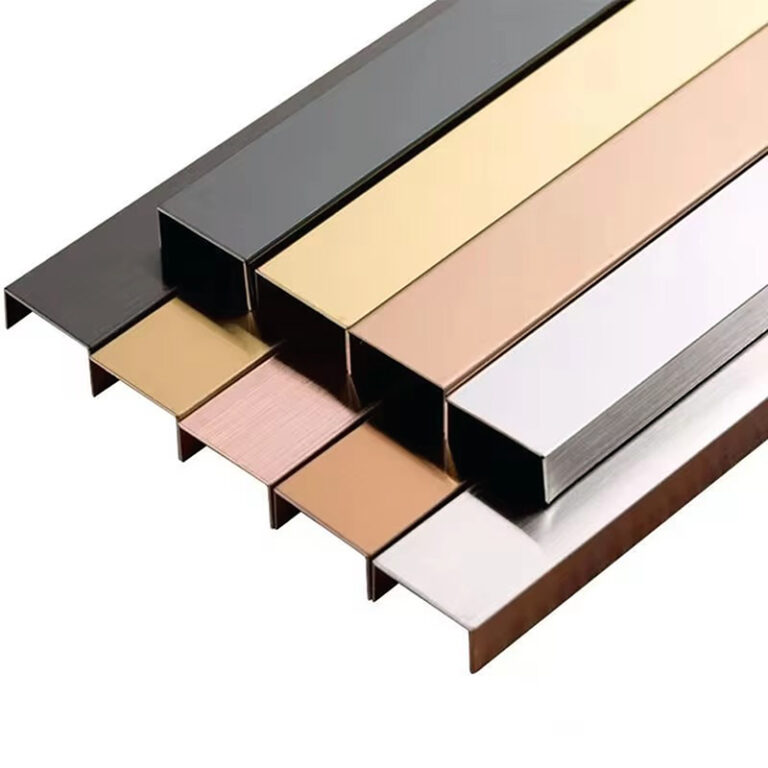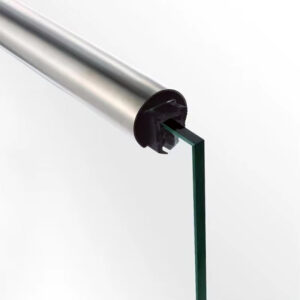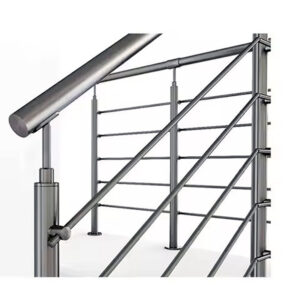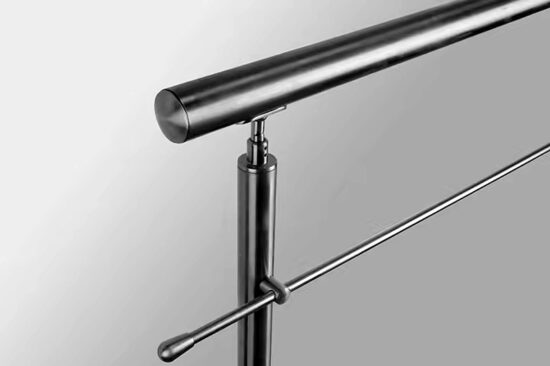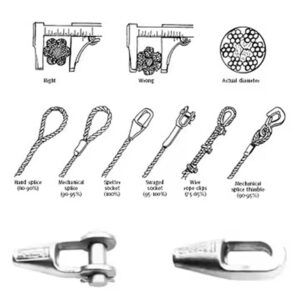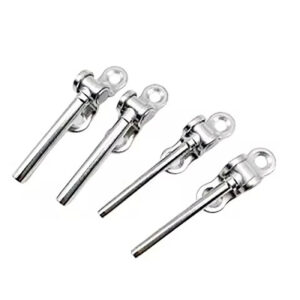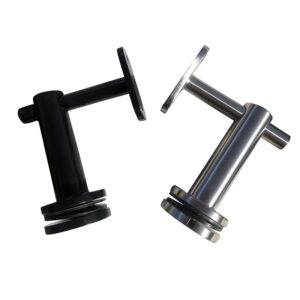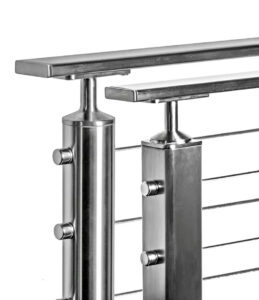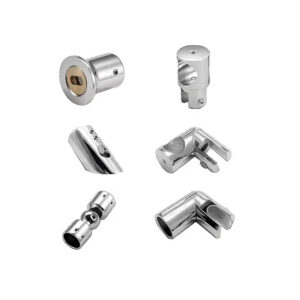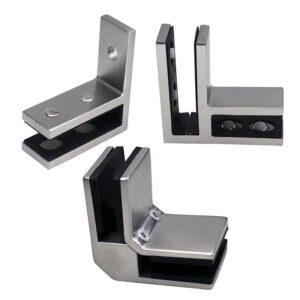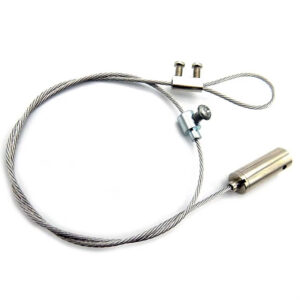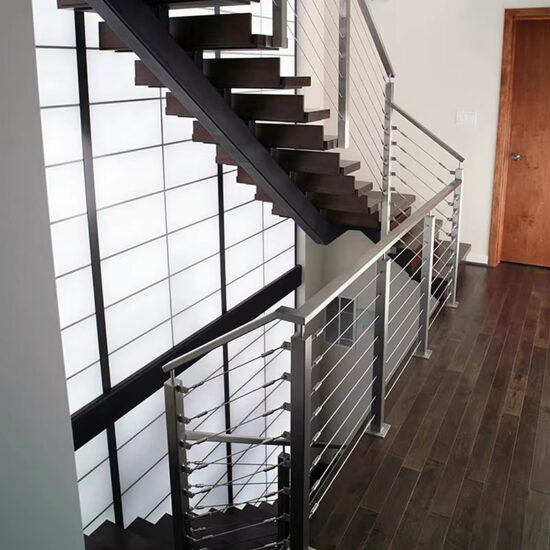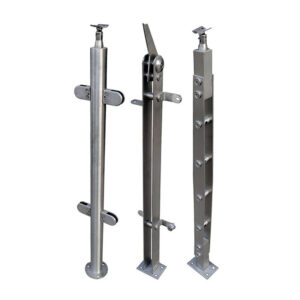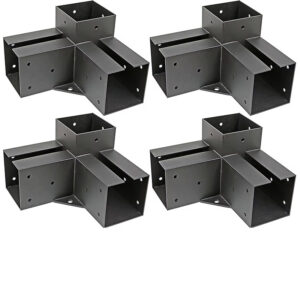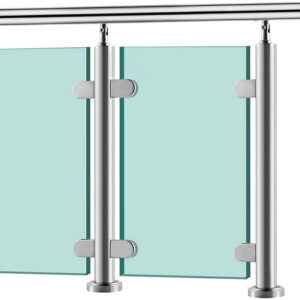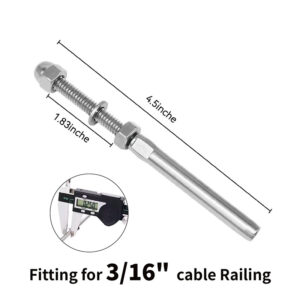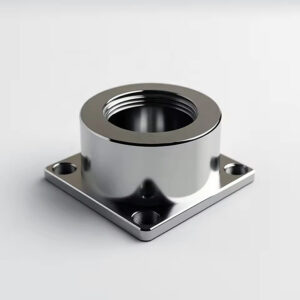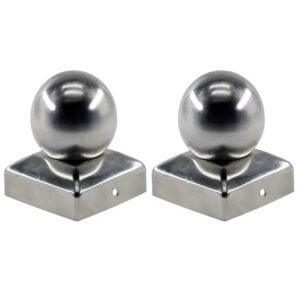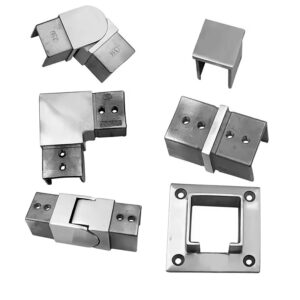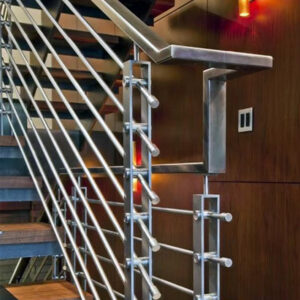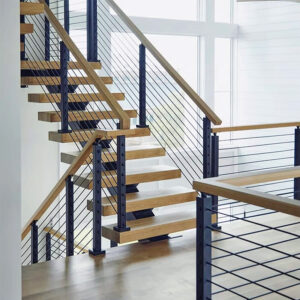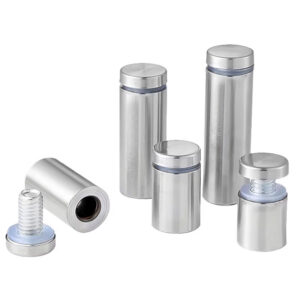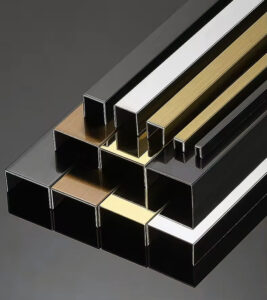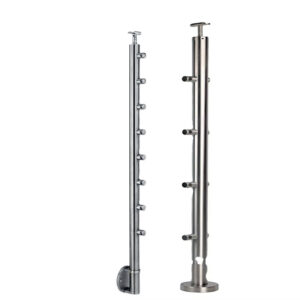Finding structural glazing channels that actually deliver on performance promises while simplifying installation remains one of the toughest challenges in commercial construction. After 23 years of manufacturing precision glazing hardware, we understand that contractors and engineers need components that meet structural requirements, seal properly against weather, and install without costly delays. This isn’t about decorative trim—it’s about engineered systems that support glass loads, maintain building envelope integrity, and reduce long-term maintenance costs.
Structural Glazing Channel Systems That Work
Core Channel Components
Structural glazing channels form the backbone of curtain wall and storefront systems, requiring precise tolerances and consistent performance across entire building facades.
Primary Channel Types:
- Structural Glazing Fabrication 316L: Marine-grade channels for coastal and high-corrosion environments
- Pressure Plates: Secure glass retention with engineered compression ratings
- Setting Blocks: Load distribution components sized for specific glass weights
- Drainage Channels: Integrated water management preventing envelope failures
- Thermal Breaks: Insulated channel systems reducing energy transfer
- Custom Profiles: Precision glazing components manufactured to project specifications
Material Standards:
Our structural glazing channels use 316L stainless steel for superior corrosion resistance, essential in marine environments and urban settings with high pollution exposure. Standard 304 stainless works for most inland commercial applications, while 316L provides insurance against premature replacement in challenging conditions.
Commercial Glazing Channel Systems:
Modern commercial projects demand integrated approaches rather than isolated components. Complete channel systems include structural supports, weather sealing, drainage management, and thermal performance—all engineered to work together rather than requiring field adaptation.
| Channel Type | Load Capacity | Material Grade | Typical Application | Installation Time |
|---|---|---|---|---|
| Structural Primary | 150-300 lbs/ft | 316L Stainless | Curtain Wall Main Frame | 2-3 hrs/section |
| Secondary Glazing | 75-150 lbs/ft | 304/316 Stainless | Storefront Systems | 1-2 hrs/section |
| Pressure Plates | 50-100 PSF | 304 Stainless | Glass Retention | 30 min/panel |
| Thermal Break | Varies by Design | Composite/Steel | Energy Efficient | 2.5-4 hrs/section |
Custom Structural Glazing Manufacturing:
Standard profiles handle most applications, but unique architectural requirements often demand custom solutions. Our manufacturing capabilities include modified extrusion profiles, specialized mounting configurations, and integrated hardware systems designed for specific project requirements.
▶ Get Technical Specifications ◀
Performance Requirements and Code Compliance
Structural glazing channels must meet multiple performance criteria simultaneously: structural loads, wind pressure resistance, thermal movement accommodation, and water infiltration prevention.
Load Calculations:
Dead loads from glass weight, live loads from wind pressure, and thermal expansion forces all impact channel selection. Engineers typically specify channels with 2:1 safety factors, but actual installation conditions—mounting substrate quality, connection details, thermal cycling—affect real-world performance.
Weather Performance:
“Glazing system failures typically occur at channel connections rather than the glass itself, making precision manufacturing critical for long-term performance.” —American Architectural Manufacturers Association
Water management ranks among the most critical functions. Structural glazing channels must capture infiltration, direct it to drainage points, and prevent accumulation within wall systems. Failed drainage leads to interior damage, insulation degradation, and structural corrosion.
Real-World Applications and Performance Data
Commercial Office Buildings
High-rise office construction demands structural glazing channels that handle significant wind loads while maintaining precise alignment across multiple floors. Recent projects demonstrate how proper channel selection impacts both installation speed and long-term maintenance requirements.
Case Example – Downtown Office Complex:
42-story tower specification required structural glazing fabrication 316L for lower floors exposed to urban pollution, with standard 304 grades adequate for upper levels. Channel system integration reduced field assembly time by approximately 35% compared to piece-by-piece installation methods.
Performance metrics from completed installation:
- Installation rate: 18 panels per day (vs. 12 panels with standard systems)
- Weather seal testing: Zero leaks at 15 PSF test pressure
- Thermal performance: R-4.2 system rating with integrated thermal breaks
- Maintenance access: Designed for standard building maintenance equipment
Marine and Coastal Applications
Marine grade structural glazing ODM solutions address accelerated corrosion conditions that destroy standard materials within 5-7 years. Coastal installations require specific alloy selections, enhanced drainage design, and connection details that accommodate salt spray exposure.
Technical Requirements:
316L stainless steel provides proven performance in marine environments, while enhanced drainage prevents salt accumulation within channel systems. Custom gasket materials resist UV degradation and maintain sealing performance in temperature extremes.
“Marine environment glazing systems require 40% higher corrosion resistance compared to inland installations, making material selection critical for lifecycle cost control.” —Coastal Building Standards Institute
▶ Discuss Your Project Requirements ◀
Industrial and Manufacturing Facilities
Industrial glazing applications prioritize durability and maintenance access over aesthetic refinement. Structural glazing channels must withstand vibration, chemical exposure, and occasional impact while providing easy replacement access for damaged panels.
Performance Priorities:
- Impact resistance for high-activity environments
- Chemical compatibility with industrial processes
- Simplified replacement procedures reducing downtime
- Enhanced drainage for wash-down environments
| Application Type | Primary Challenge | Channel Solution | Performance Benefit |
|---|---|---|---|
| Data Centers | Thermal Control | Integrated Thermal Breaks | 15-20% Energy Reduction |
| Manufacturing | Impact/Vibration | Reinforced Mounting | 3x Standard Impact Rating |
| Coastal Commercial | Corrosion Resistance | 316L Marine Grade | 15+ Year Service Life |
| High-Rise Office | Wind Load Management | Engineered Structural | 200+ MPH Rating |
Installation Reality and Technical Support
Precision Manufacturing Advantages
Twenty-three years of manufacturing experience demonstrates how precision fabrication impacts field installation success. Tight tolerances reduce field adjustment time, while consistent quality eliminates compatibility issues between system components.
Manufacturing Standards:
- Dimensional tolerance: ±0.005″ on critical surfaces
- Surface finish consistency across production runs
- Pre-assembly testing for complex custom profiles
- Quality documentation supporting project specifications
System Integration:
Complete glazing channel systems arrive with compatible hardware, tested fit-up, and installation documentation. This reduces field errors and eliminates time spent sourcing compatible components from multiple suppliers.
▶ Connect with Technical Support ◀
Installation Support and Documentation
Real installation support goes beyond basic drawings. Our technical team provides load calculations, connection details, and troubleshooting assistance based on actual project conditions rather than theoretical specifications.
Available Support:
- Engineering calculations for specific load conditions
- Custom detail drawings for unique connection requirements
- Installation sequence planning for complex projects
- Field support for critical installation phases
- Performance testing coordination and documentation
“Proper technical support during installation prevents 80% of common glazing system failures, making manufacturer expertise essential for project success.” —Construction Specifications Institute
Frequently Asked Questions
Q: How do I select between 304 and 316L stainless steel for structural glazing channels?
A: Use 316L for coastal applications (within 10 miles of saltwater), urban environments with high pollution, or where replacement cost justifies higher initial investment. 304 stainless works for most inland commercial applications with normal maintenance access.
Q: What installation timeframes should I plan for commercial glazing channel systems?
A: Typical installation rates range from 12-18 panels per day depending on system complexity and crew experience. Pre-fabricated channel systems typically install 30-40% faster than field-assembled alternatives due to reduced adjustment requirements.
Q: Can structural glazing channels accommodate building movement and thermal expansion?
A: Yes, but connection details must account for expected movement. Standard systems accommodate ±1/4″ thermal movement through slotted connections and flexible gasket systems. Larger movements require custom expansion joint integration.
Q: How do custom structural glazing manufacturing lead times affect project schedules?
A: Standard profiles ship within 2-3 weeks, while custom profiles require 6-8 weeks for engineering, tooling, and production. Early manufacturer involvement during design phase prevents schedule delays.
Q: What maintenance requirements should building owners expect?
A: Annual drainage inspection and cleaning, gasket condition assessment every 3-5 years, and structural connection torque verification every 10 years. Marine environments may require more frequent inspection schedules.
Q: Do precision glazing components require special installation tools or training?
A: Standard glazing installation tools work with precision components, but tighter tolerances require more careful handling and alignment. We provide installation guides and technical support for complex systems.
Material Specifications and Performance Comparison
Understanding how different materials and manufacturing approaches affect long-term performance helps contractors and engineers make informed selections based on project requirements and budget constraints.
| Material Grade | Corrosion Resistance | Cost Factor | Service Life | Best Applications |
|---|---|---|---|---|
| 304 Stainless | Good | 1.0x | 20+ years | Inland Commercial |
| 316L Marine | Excellent | 1.4x | 25+ years | Coastal/Industrial |
| Custom Alloys | Superior | 1.8x | 30+ years | Harsh Environments |
| Standard Steel | Limited | 0.6x | 10-15 years | Budget Applications |
Surface Finish Impact:
Brushed finishes hide minor scratches and maintain appearance longer, while mirror finishes provide premium aesthetics but require more maintenance. All Esang Metal channel systems receive consistent surface treatment ensuring uniform appearance across project installations.
Performance Validation:
Independent testing confirms our structural glazing channels exceed industry standards for load capacity, weather resistance, and durability. Twenty-three years of manufacturing experience provides performance data from real installations rather than laboratory testing alone.
▶ Get Complete Specifications and Pricing ◀
The difference between successful glazing installations and costly problems often comes down to component quality, system integration, and manufacturer support. Our structural glazing channels deliver the precision, durability, and technical backing contractors need for projects that perform as specified, install on schedule, and provide years of reliable service.
